
I prefer to make my own dubbing as much as possible, especially if is about natural products. I always looking to find tanned skins because they represent a great source of fur for dubbing and I can cut in strips to tie my own zonkers. I prefer only tanned skins because the skin is clean and protected from bugs due to tanning process.
Pine squirrels and grey squirrels are my favorite sources for dubbing and zonkers. Hare and rabbit are on the second place. Pine squirrels are super nice, well speckled in grey, brown, black and rusty red. Practically you have a great spectrum of natural shades in one skin.
The underfur is nice, soft and dense. The guard fur is nice, elastic and nice colored. The shades are from medium grey and dark grey to rusty and red on the sides and belly.
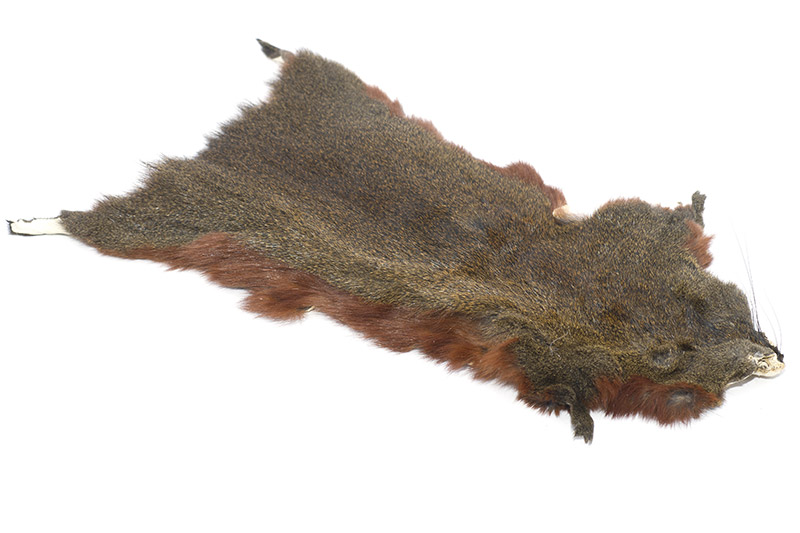
Bellow you can see dyed skins in black olive, orange, red, rusty and yellow. The final colors are darker due to the dark grey underfur.
As you can see in photos the color and shades are very interested. Depending of what you need you will find these skins great for almost all river applications.
Squirrel skins for strips:
Here is a strip ready cut in sizes. Personally I prefer to cut my strips using a scalpel but a ready cut skin is a good and comfortable option:
What I like at squirrel fur is the balance between underfur and guard fur. For micro streamers these skins are really great. You can make flies in hook size of #10-14.
Of course you can make on bigger streamers if you want and if you buy a zonkered skin, then you can choose the back parts which has longer fur. The fur from the belly and sides is shorter and great for smaller patterns.
Squirrel skins for dubbing:
You can cut the fur directly from the skin using a good scissor. You can make a general dubbing mixing all fur together., the result will be a fantastic all around dubbing for all kind of flies.
But if you are a really tying geek then you can select the zones from the skin and cut the fur separately. From the back you will have long fur which is good for all kind of flies.
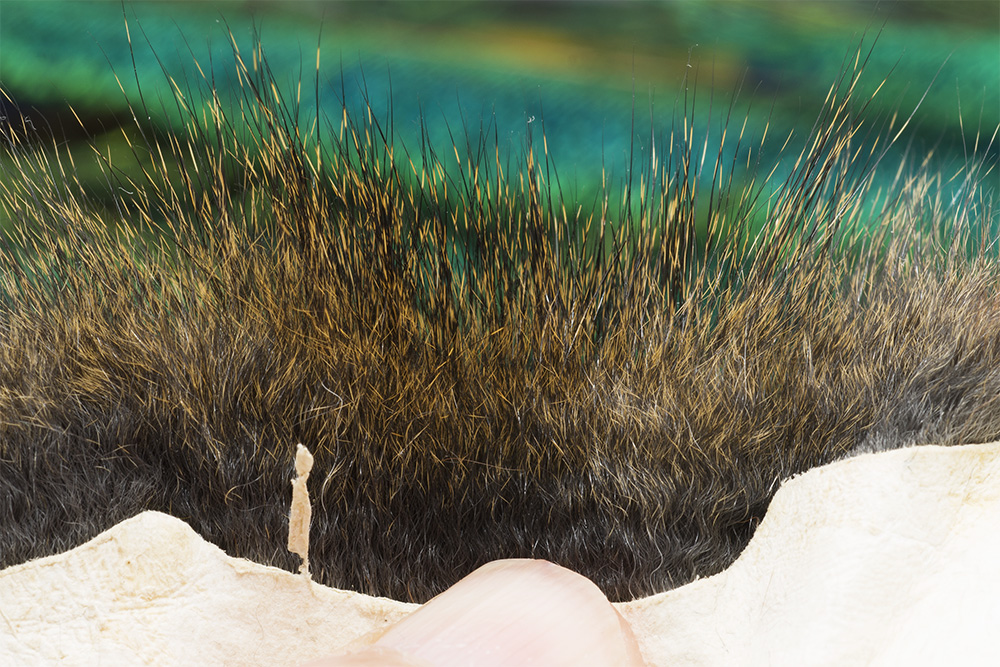
On sides you will get nice natural rusty fur with short and medium short fibers where the guard fur and underfur has almost the same length. Here the guard fur is reddish and is softer:
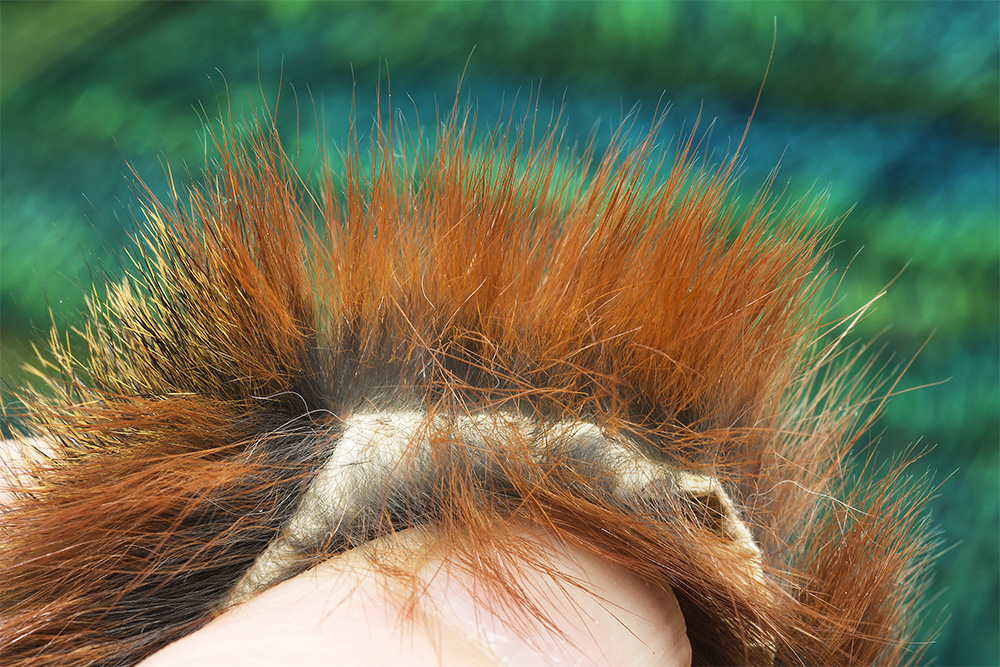
The really nice part is the squirrel mask. To cut it you need a very good scissor with thin and sharp tips. You will get superb short fur with intense natural colors in rusty dark shades.
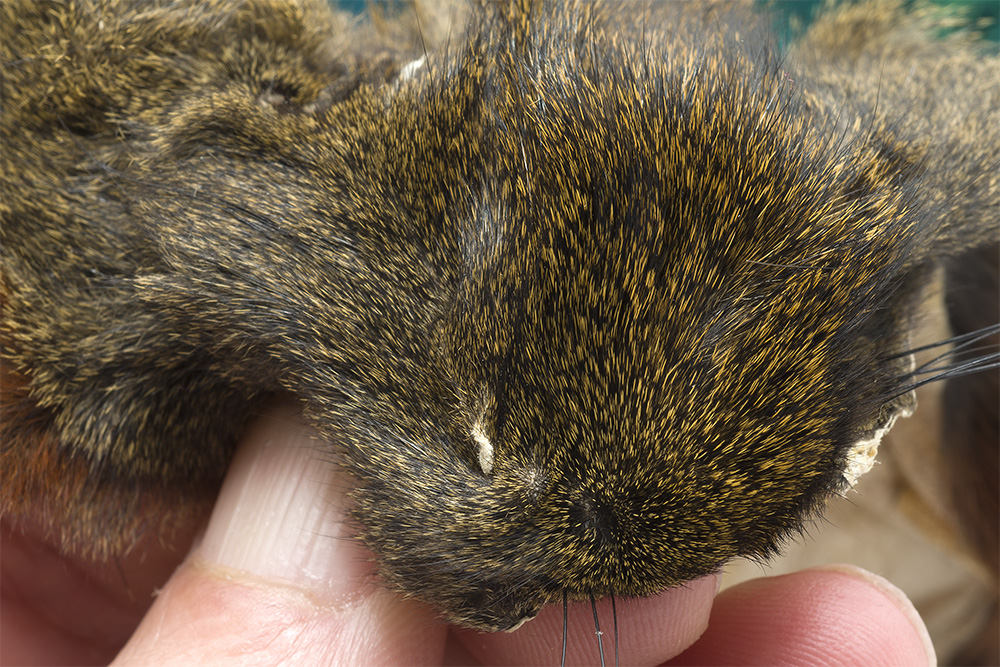
I know that squirrel skins are not the cheapest option ( tanning process is time consuming and expensive ) but the quality of the material is incredible and the flies look very nice. I’m always advocate of using quality materials. Tying for pleasure is a good relaxing way to spend time and I think that nothing can make you happy like catching fish with your own flies.
Here is my selection of dubbing. I’m not a geek 🙂 :), just curios about how nature impact the colors and structure of the fur 🙂
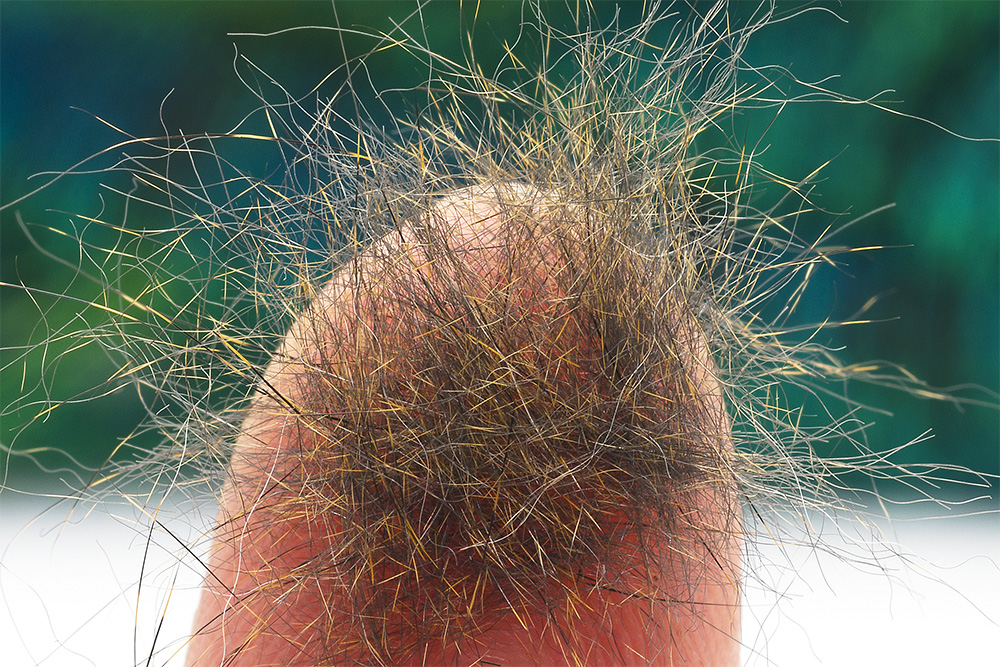
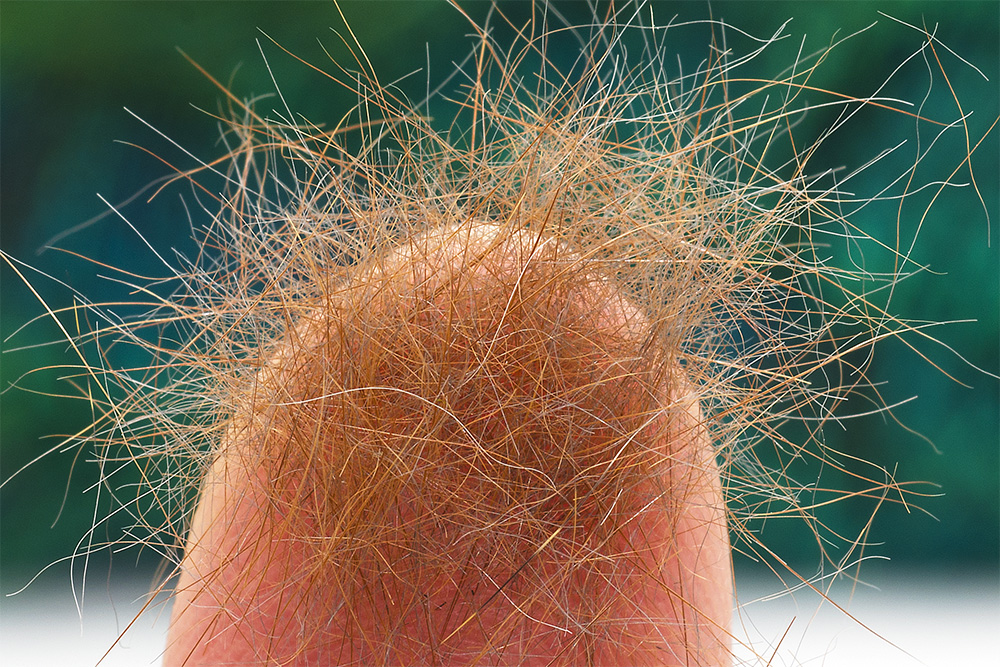
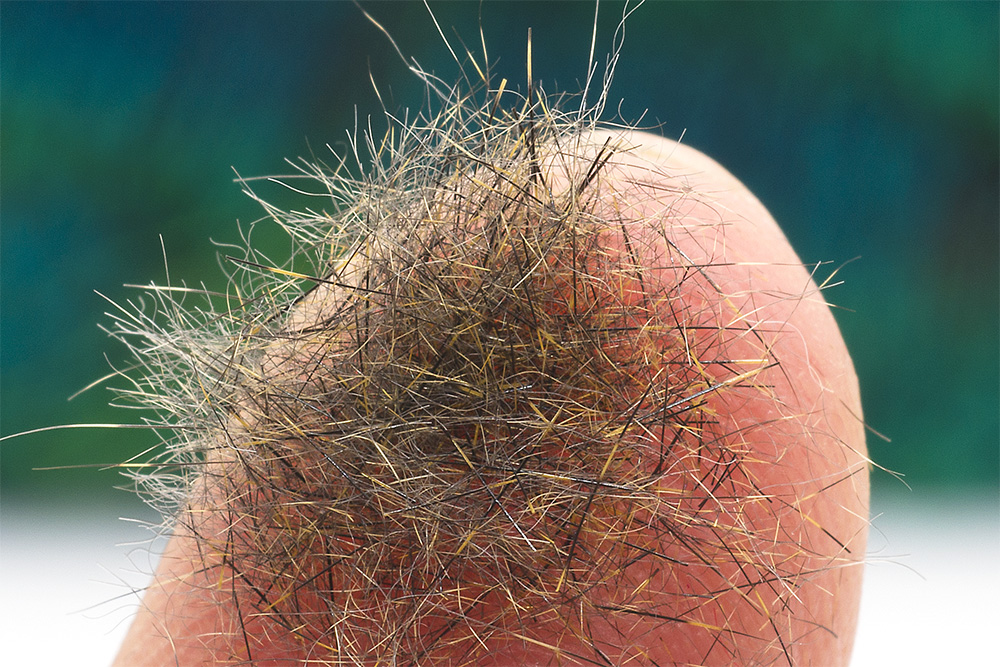
I consider that the general squirrel dubbing is perfect for all kind of flies. Those who use a full skin can separate the guard fur when they want. They can use it to control the balance between underfur and guard fur in order to obtain a better spiky look.
The reddish dubbing from sides and belly is great to make classic nymphs and to replace the classic Pheasant Tail nymphs.
The darker option from mask area is absolutely great for micro nymphs and for making thorax for dry flies or emergers.
Dubbing skins for hackle:
Another point to have an entire skin: using guard fur to make nice flies with guard hackle like it was used in the fly bellow:
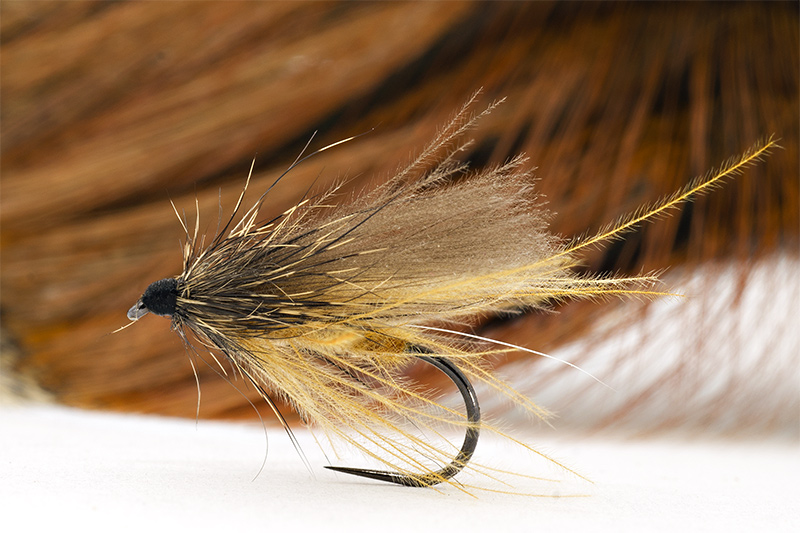

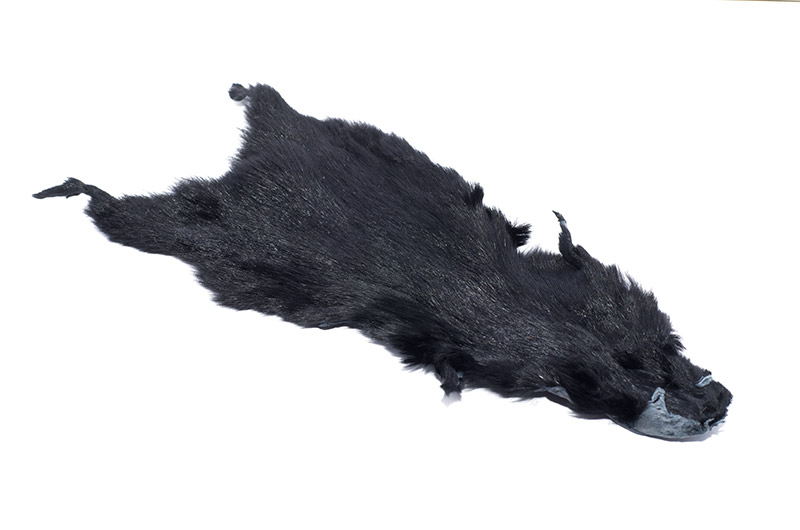
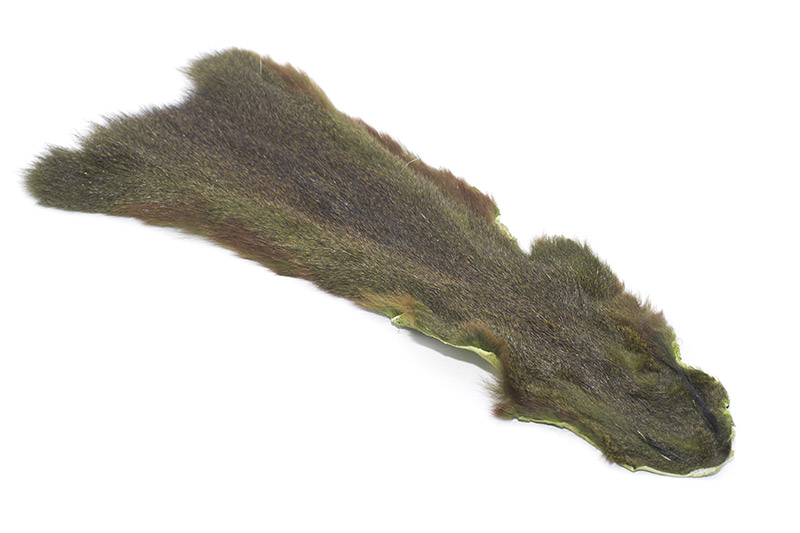
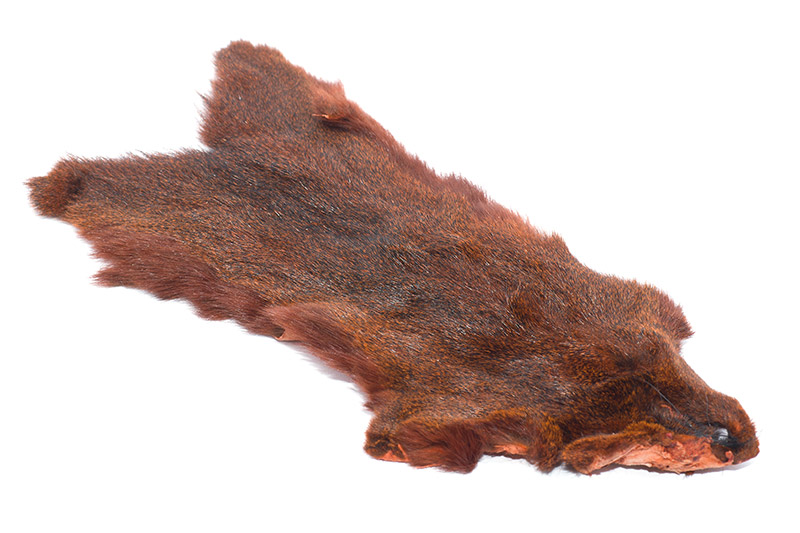
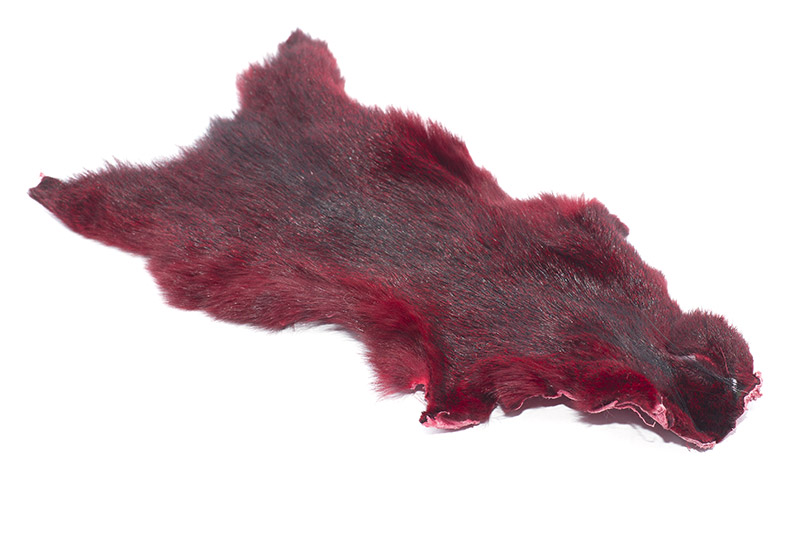
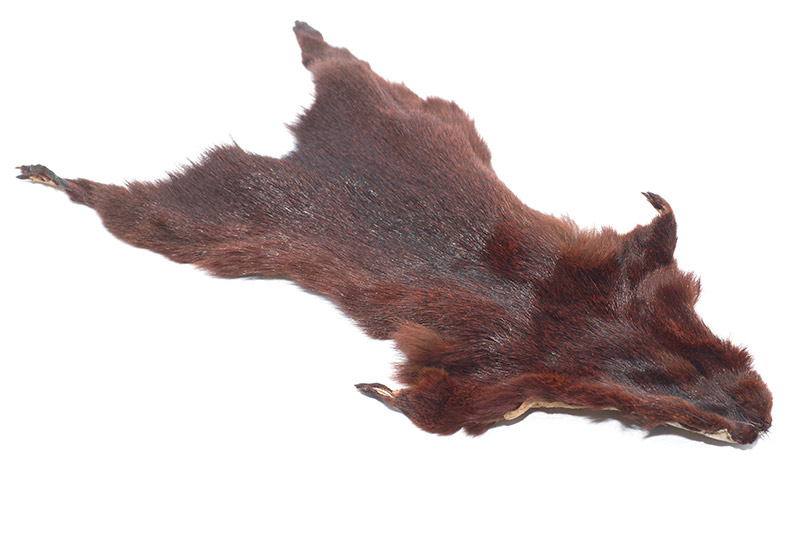
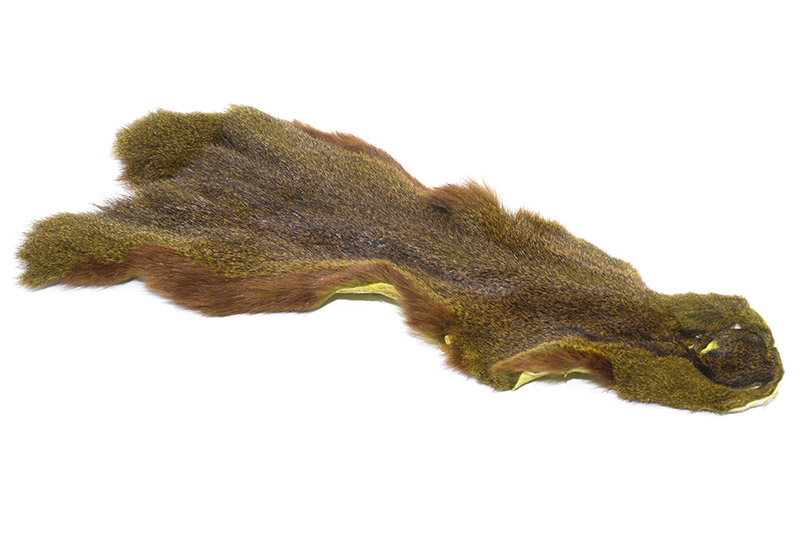
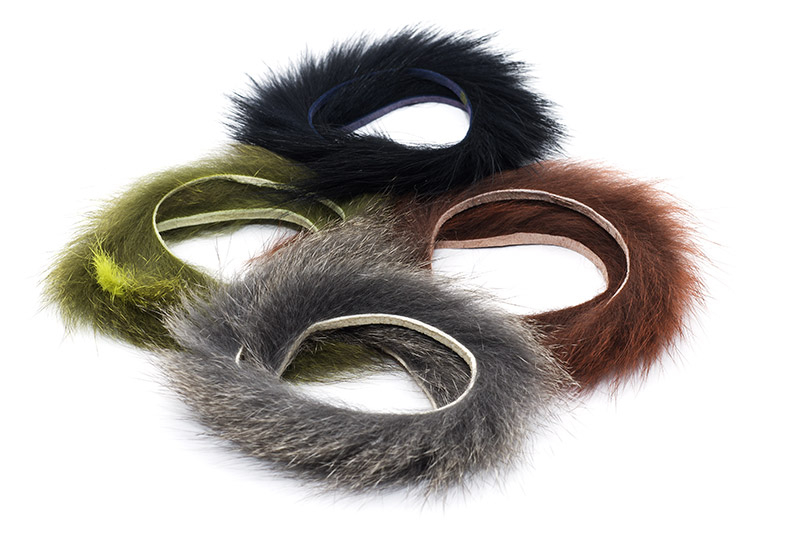
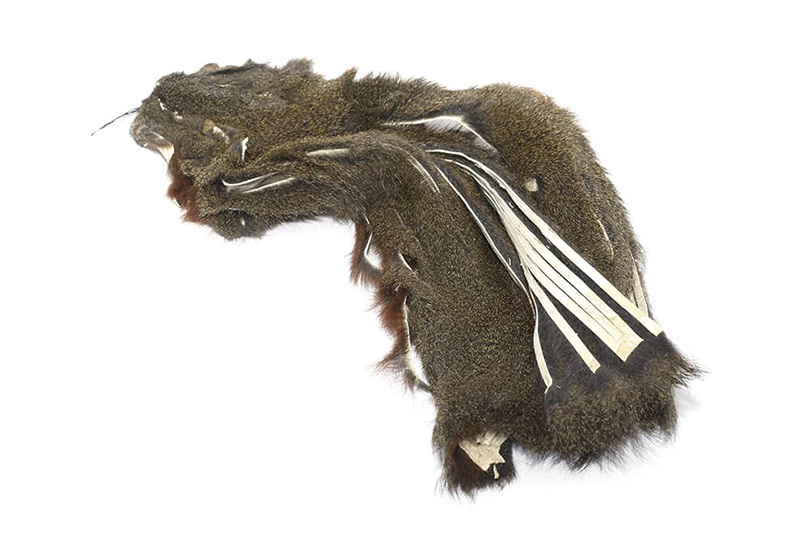
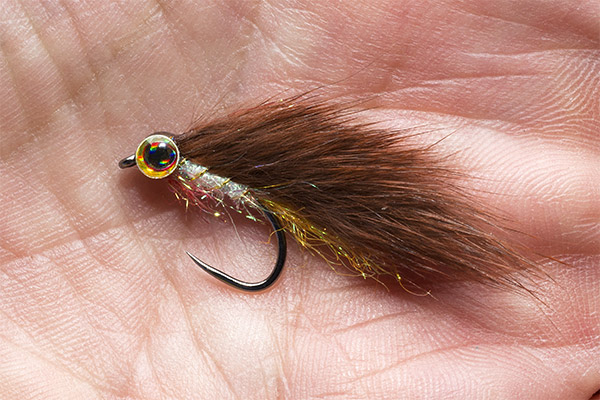
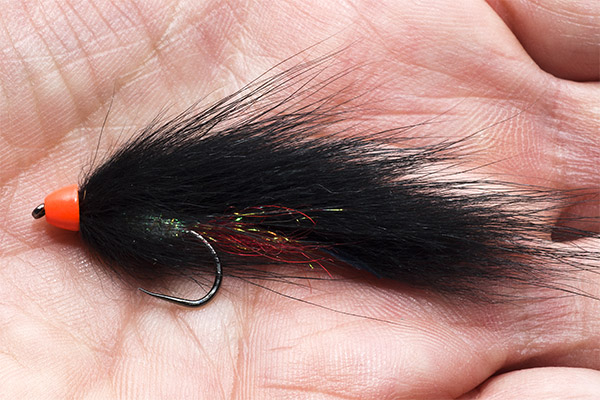
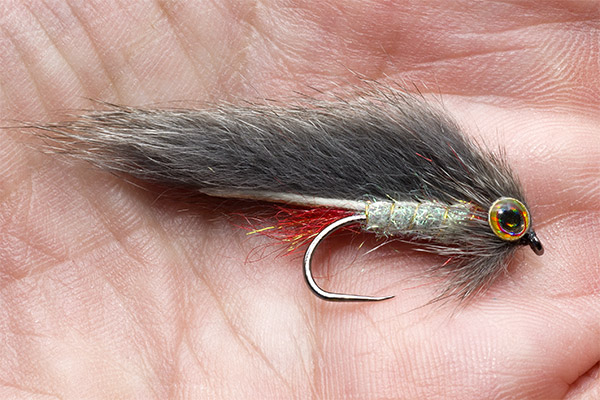
Leave a Reply